By using our website, you agree to the use of cookies as described in our Cookie Policy
a
Rss Feed
Tips for Protecting Native Flora and Fauna When Preparing Your Florida Building Site
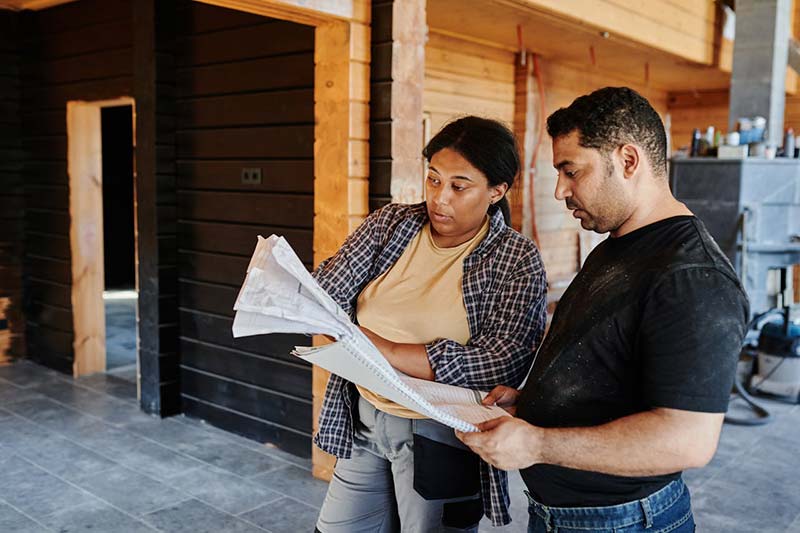
When preparing a building site in Florida, it’s crucial to understand the local ecosystems. This state is home to diverse native flora and fauna, each vital in maintaining ecological balance. Native species support local wildlife, preserve soil health, and contribute to water quality. Ignoring these factors can lead to significant environmental damage. Florida’s ecosystems range from coastal mangroves and wetlands to pine flatwoods and hardwood hammocks, each with unique characteristics and species. So, let's learn about protecting native flora and fauna when constructing your building site in Florida.
Pre-construction Planning
Before any construction begins, conducting a thorough site assessment and environmental impact study is essential. This process helps identify the presence of native flora and fauna, determining how construction might affect them. It involves surveying the land, noting the types of vegetation and wildlife present, and understanding the ecological significance of the site.
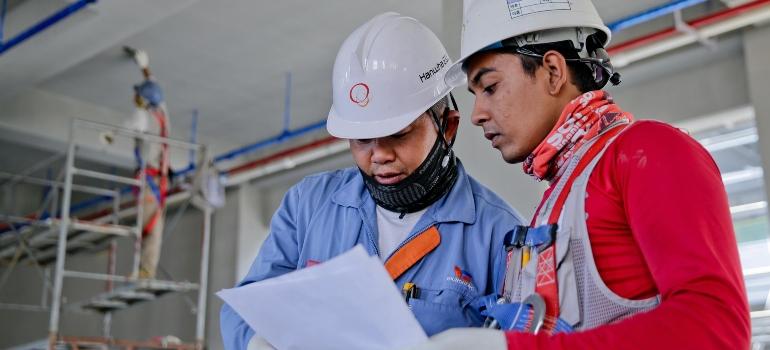 Assessing factors early helps you develop strategies to minimize environmental harm and preserve critical habitats.
Assessing factors early helps you develop strategies to minimize environmental harm and preserve critical habitats.
Choosing the right building site preparation methods is crucial for protecting native ecosystems. The first step is to engage with environmental experts. These professionals can provide valuable insights and recommendations on how to reduce the impact of construction activities. They can help identify the most sustainable methods for site preparation, such as minimizing land clearing, using erosion control measures, and selecting appropriate building materials. Additionally, experts can advise on legal requirements and best practices for environmental conservation, ensuring your project complies with all regulations. By integrating their knowledge into your planning, you can make informed decisions prioritizing preserving Florida’s diverse ecosystems.
Minimizing Land Disturbance
Minimizing land disturbance is key to protecting native flora and fauna during construction. By adopting certain techniques, you can significantly reduce habitat destruction. Here are some effective strategies:
- Selective clearing: Remove only the vegetation necessary for construction, leaving surrounding areas undisturbed.
- Buffer zones: Establish buffer zones around sensitive areas to protect them from construction activities.
- Erosion control: Use silt fences, mulch, and other erosion control measures to prevent soil erosion and runoff.
Creating a home renovation plan before you move in involves careful consideration of building and infrastructure placement. Strategically placing buildings can help preserve natural habitats and minimize environmental impact. Consider the following:
- Natural landscape integration: Design structures to blend with the natural landscape, avoiding large-scale alterations.
- Efficient land use: Utilize existing clearings and open spaces to reduce the need for additional clearing.
- Access routes: Plan access roads and pathways to follow natural contours, reducing disruption to the land.
Preserving Native Plants
Preserving native plants is essential for maintaining Florida’s ecological balance, especially when moving to a new building site. Start by identifying and cataloging important flora on your property. Recognize species that are crucial for the ecosystem, possibly with help from local resources. Once identified, protect these plants by establishing no-dig zones around their locations.
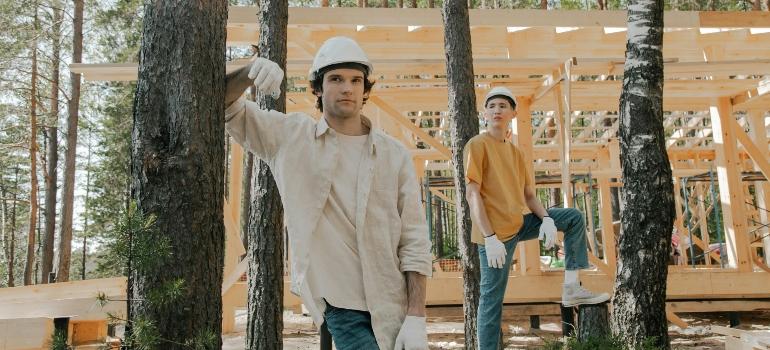 Mark areas clearly to prevent accidental damage during construction.
Mark areas clearly to prevent accidental damage during construction.
Additionally, protective barriers such as fencing or mulch should shield plants from machinery and foot traffic. These barriers help minimize soil compaction and root damage, ensuring the plant's survival. By taking these proactive steps, you can safeguard the native flora, promote biodiversity, and support the local environment. You can even go a step further and hire eco-friendly professional movers. Big Man's Moving Company Florida can assist with your relocation needs so the site's integrity is not disturbed.
Wildlife Protection Strategies
Protecting wildlife during construction involves creating safe passageways for animals. This ensures they can move freely without harm. Consider these strategies:
- Wildlife corridors: Establish corridors that allow animals to travel between habitats safely.
- Culverts and tunnels: Install culverts and tunnels under roads and paths to provide safe crossing points.
- Fencing with openings: Use fencing with designated openings or gaps that let smaller animals pass through without getting trapped.
Avoiding Construction During Breeding Seasons
Ensuring a secure environment also means being mindful of wildlife breeding seasons. Avoiding construction during these critical periods can significantly reduce stress and harm to animal populations. Here are some tips:
- Timing surveys: Conduct surveys to determine the breeding seasons of local wildlife and plan construction schedules accordingly.
- Seasonal restrictions: Implement seasonal restrictions on certain construction activities to minimize disturbance during peak breeding times.
- Quiet zones: Create quiet zones around known breeding sites to reduce noise and activity that could disrupt animals.
By following these wildlife protection strategies, you can help maintain a secure environment for local fauna while developing your building site. Balancing development with ecological sensitivity ensures a harmonious coexistence with nature, benefiting both the project and the surrounding wildlife.
Ongoing Site Management
Effective ongoing site management is crucial for protecting native flora and fauna throughout construction. Regular monitoring and maintenance help identify and address potential environmental issues early on. This includes checking protective barriers, ensuring no-dig zones remain undisturbed, and observing any changes in the local ecosystem. Educating workers about conservation practices is equally important.
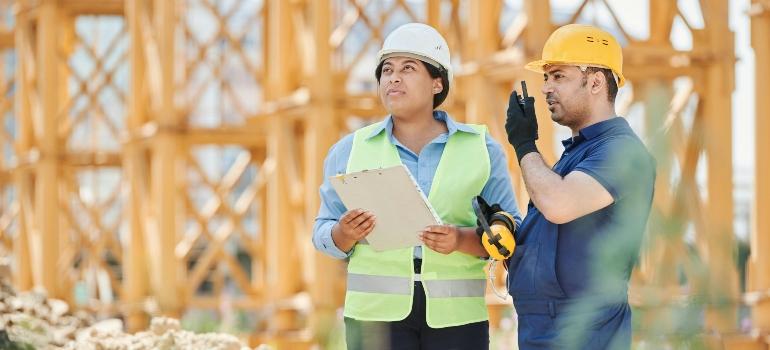 Make sure your team understands the significance of preserving natural habitats and the steps they need to take to minimize their impact.
Make sure your team understands the significance of preserving natural habitats and the steps they need to take to minimize their impact.
Conduct training sessions that cover topics like proper waste disposal, erosion control, and wildlife protection. Additionally, let a skilled crew help with your relocation in Largo so you can manage your site efficiently. Their experience and dedication to eco-friendly practices can make a significant difference in maintaining the integrity of your building site while supporting environmental conservation efforts.
Protecting Florida's Native Flora and Fauna During Construction
Protecting native flora and fauna when preparing your Florida building site is environmentally responsible and essential for maintaining the region's biodiversity. These efforts help create a sustainable balance between development and conservation, ensuring that Florida’s unique natural heritage is preserved for future generations. You can achieve a successful and eco-friendly construction project by incorporating these tips and working with knowledgeable professionals. Your commitment to protecting the environment will make a lasting positive impact on the local community and ecosystem.
Photos Used:
- https://www.pexels.com/photo/man-and-woman-looking-at-the-construction-plan-8961295/
- https://www.pexels.com/photo/two-man-holding-white-paper-1216589/
- https://www.pexels.com/photo/two-men-building-a-house-in-the-woods-8821536/
- https://www.pexels.com/photo/a-man-and-a-woman-in-a-construction-site-8961029/
‹ Back


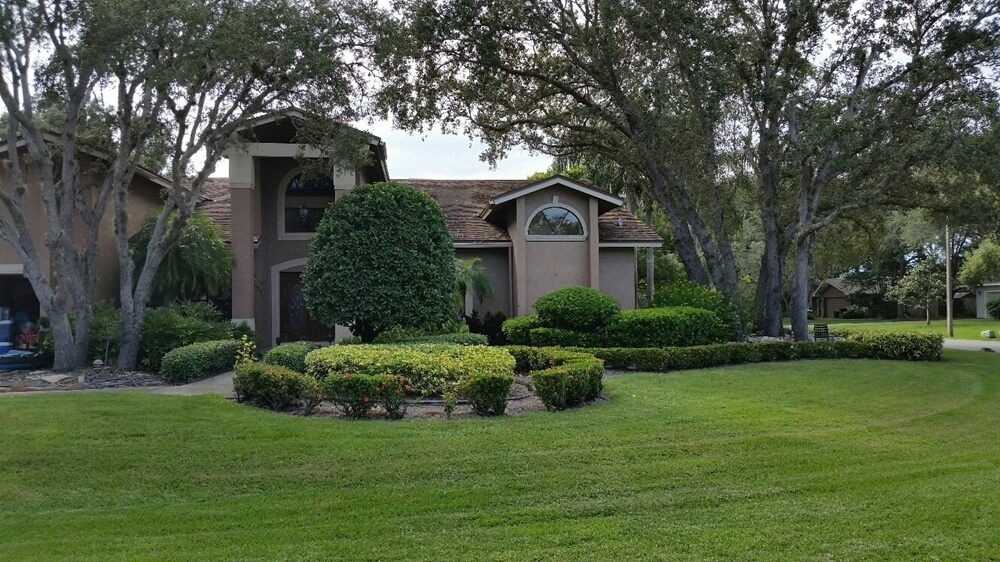
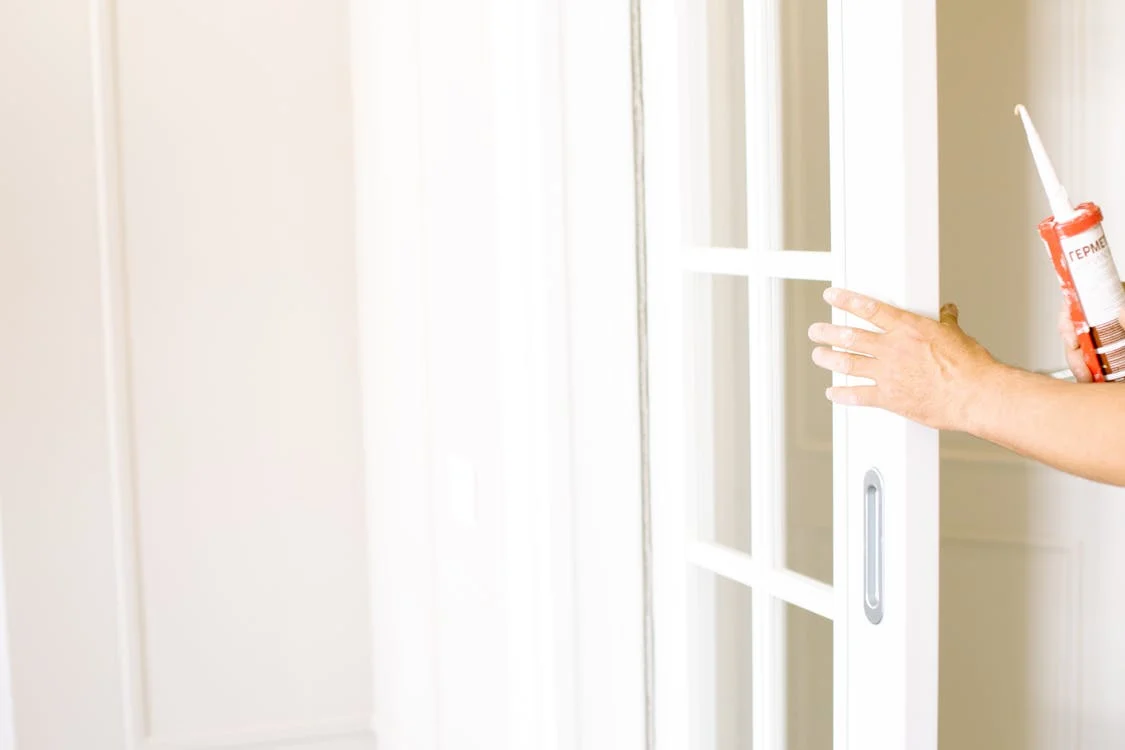
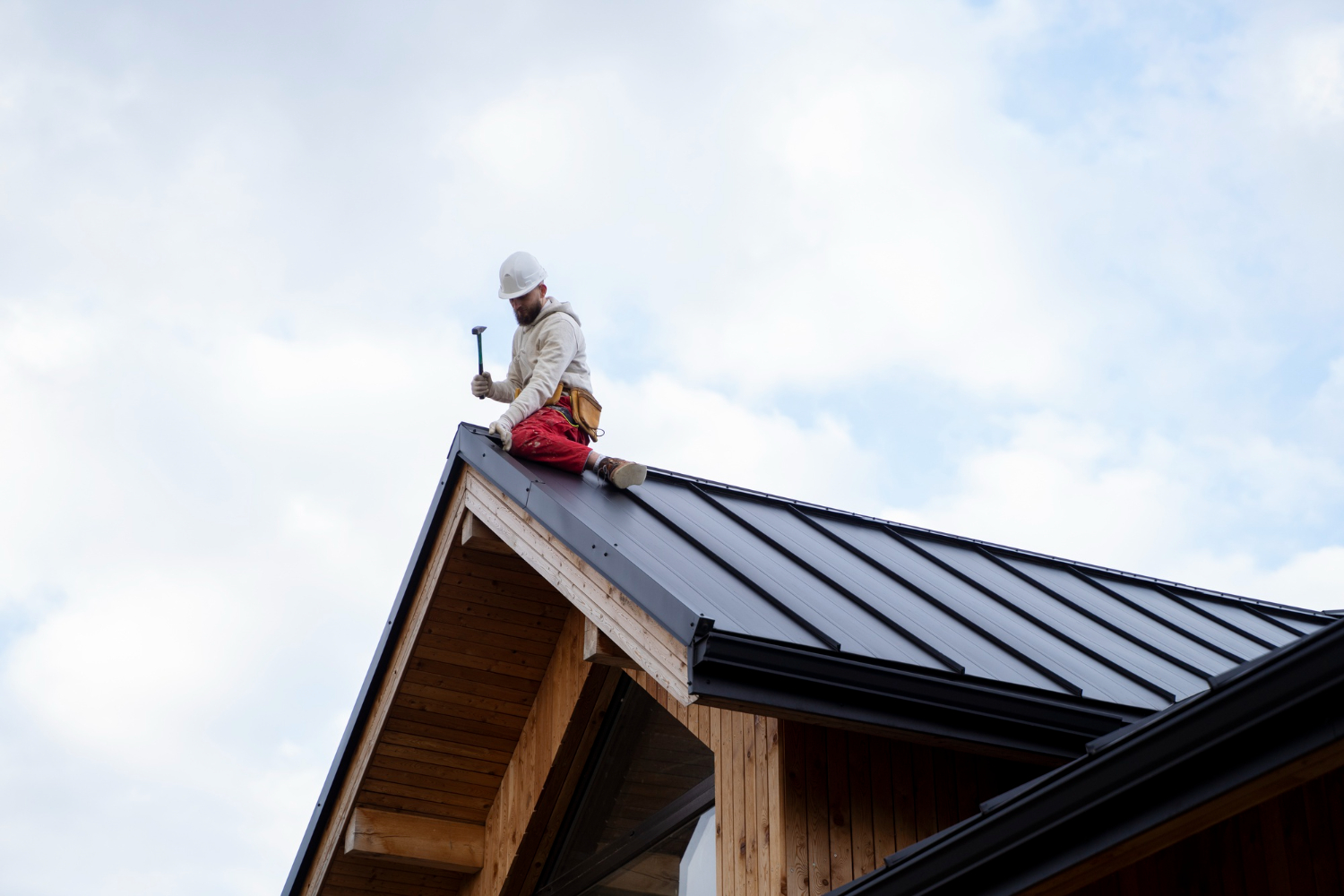
.png)
